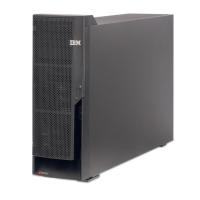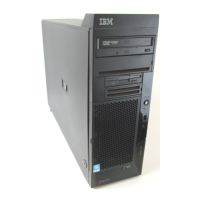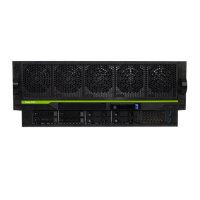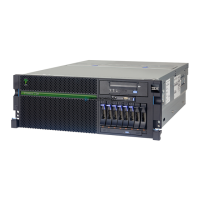5486OpS.fm Draft Document for Review October 18, 2004
538 IBM Eserver i5 and iSeries System Handbook
iSeries Navigator
i5/OS and OS/400 provide iSeries Navigator, the premier iSeries user interface
for managing and administering your iSeries servers from your Windows
desktop. The iSeries Navigator interface is packaged as a component of iSeries
Access for Windows. No license is required. The installation image for iSeries
Access for Windows comes pre-loaded on V5R3 and V5R2 iSeries systems. You
can install the image over a TCP/IP network using iSeries NetServer, from a
CD-ROM, or from a peer server.
iSeries Navigator provides wizards that help simplify iSeries management for a
wide variety of functions including security, TCP/IP services, applications, and
more. You can customize the powerful iSeries Navigator displays to optimize your
productivity.
iSeries Navigator includes Management Central, a technology for doing systems
management tasks across one or more servers simultaneously. This includes
task scheduling, real-time performance monitoring, managing fixes, distributing
objects, and running commands from a central system. Systems management
tasks can be requested on multiple servers with just one request.
The Setup and Operations CD provided with every system can be used to install
iSeries Navigator and EZ-Setup. If you do not install everything, you can add
iSeries Navigator components at any time by selecting File →Install Options →
Selective Setup from the iSeries Navigator window.
Availability and recovery
Many functions are available to help maintain the availability of an iSeries server.
They include:
System Managed Access Path Protection (SMAPP)
SMAPP supports and automates the process of selecting which access paths
should be protected. This can improve IPL performance.
Uninterruptable power supply
Uninterruptable power supply maintains power to the iSeries server during a
site power loss.
Redundant Array of Independent Disks (RAID)
The iSeries provides disk protection and availability. RAID-0, RAID-1 (disk,
controller, and bus level protection), and RAID-5 are supported. Concurrent
maintenance of disks is also supported.
